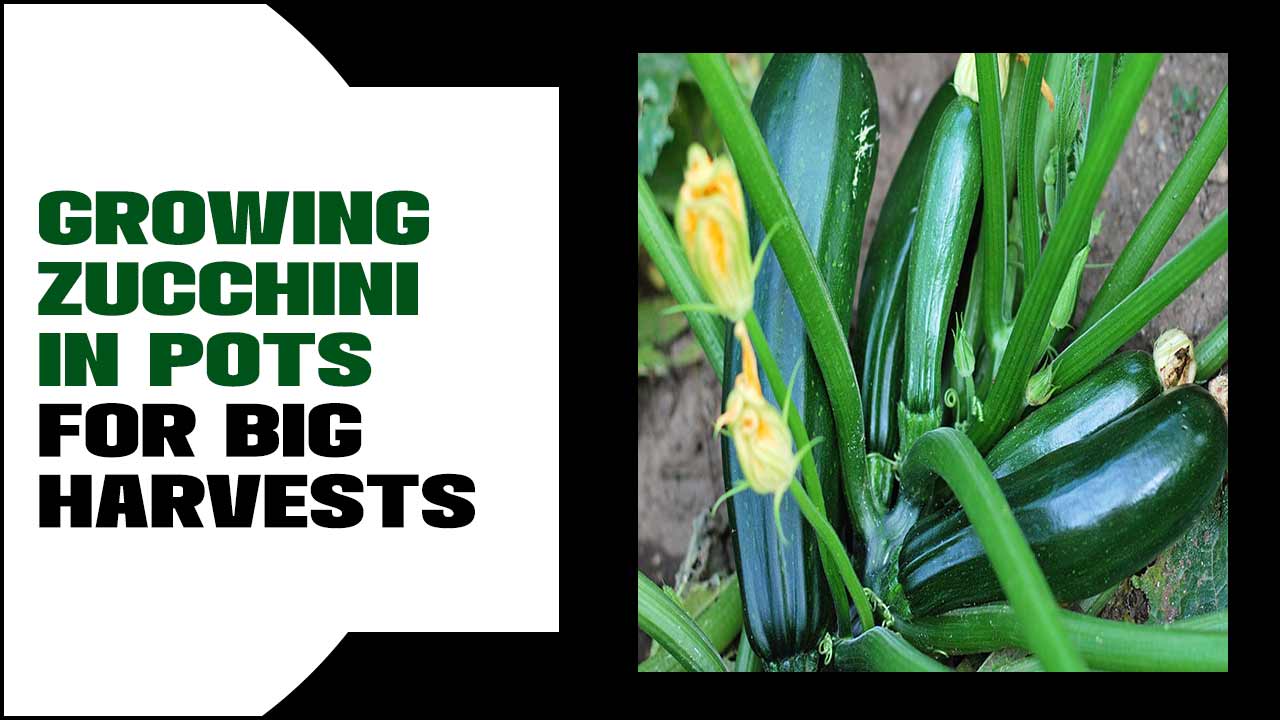Greenhouses are a popular and efficient method of growing plants in a controlled environment, providing growers with the ability to extend their growing seasons and produce a variety of fruits and vegetables year-round.
One such fruit that can thrive in a greenhouse setting is the watermelon. Known for its juicy sweetness and refreshing taste, watermelons are a favorite among gardeners and consumers alike. While traditionally grown in open fields, the unique conditions of a greenhouse can also provide ideal conditions for watermelon growth.
However, successfully growing watermelons in a greenhouse requires careful planning and implementation. Here, we will cover everything you need to know about how to grow watermelons in a greenhouse. So sit back, relax, and read on as we guide you through the process of growing delicious watermelons in a greenhouse.
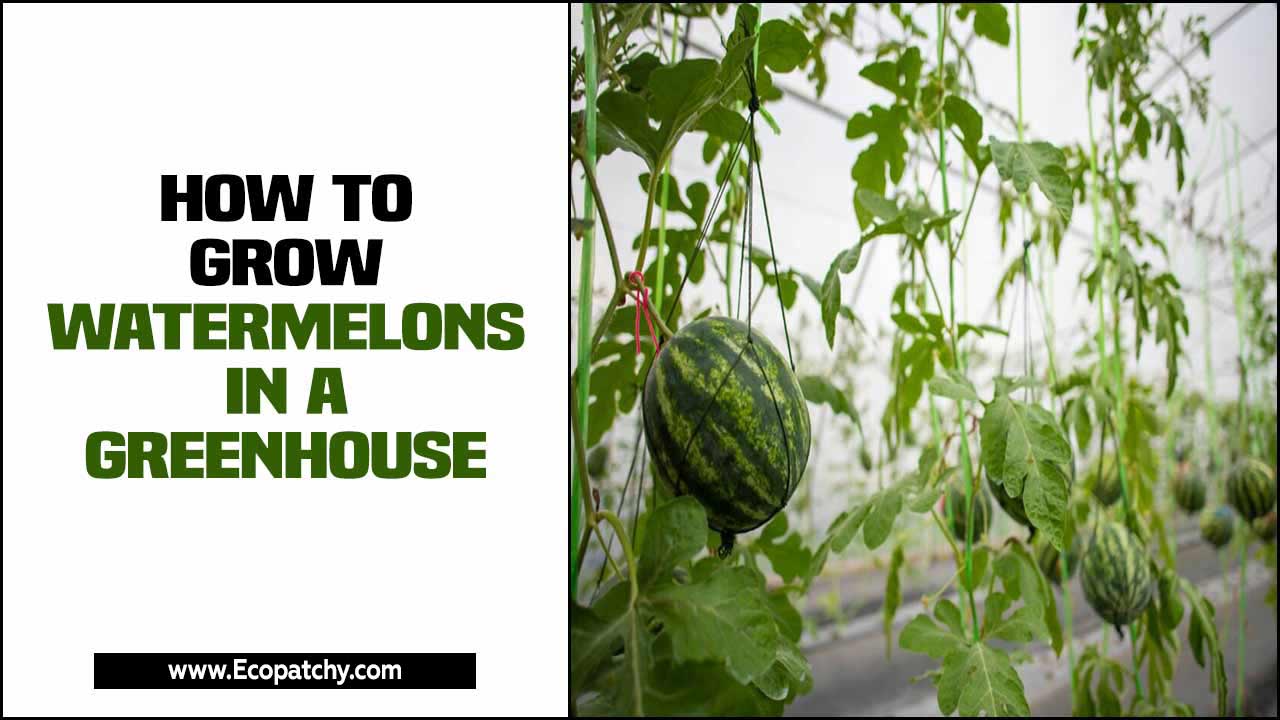
How To Grow Watermelons In A Greenhouse – Maximizing Watermelon Growth

To successfully grow watermelons in a greenhouse, it’s important to choose the perfect variety that is well-suited for greenhouse cultivation. Ensure the soil is properly prepared by incorporating compost and manure to create a nutrient-rich environment. Start watermelon seeds indoors to give them a head start before transplanting them into the greenhouse.
When transplanting, be sure to provide enough space for the young plants to grow and develop. To support the watermelon vine, consider using a trellis or other structures to help it climb. By following these steps, you can increase your chances of a successful watermelon harvest in a greenhouse setting. Below, we provide detailed guidelines on how to grow watermelons in a greenhouse.
1.Choose The Right Variety
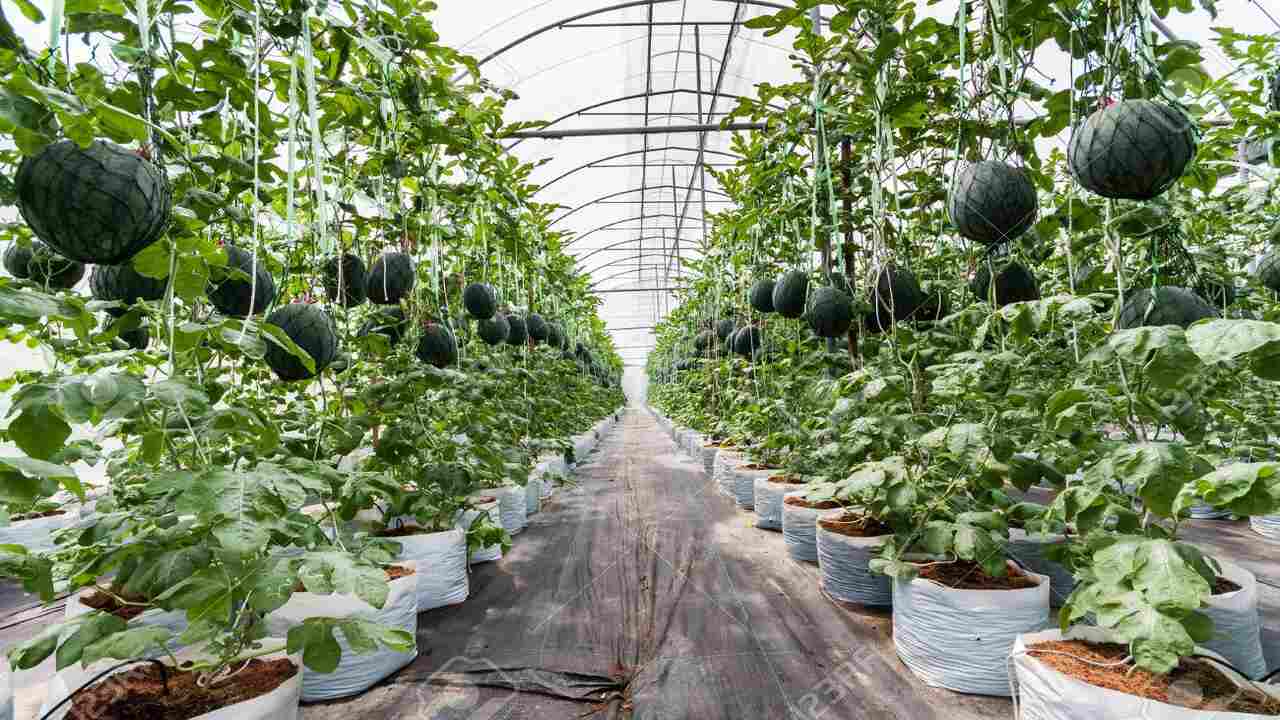
When growing watermelons in a greenhouse, it’s important to select the right variety that is suitable for this specific environment. Look for watermelon seeds with bright yellow male flowers, indicating they are young plants ready for pollination.
Consider choosing watermelon varieties known for their sweet taste and orange flesh. Seedless watermelon varieties can also be a good option for easier fruit formation. Make sure to check the seed packet for watermelon varieties that thrive in warm temperatures. By choosing the right variety, you can increase your chances of successful watermelon cultivation in a greenhouse.
2.Prepare The Soil
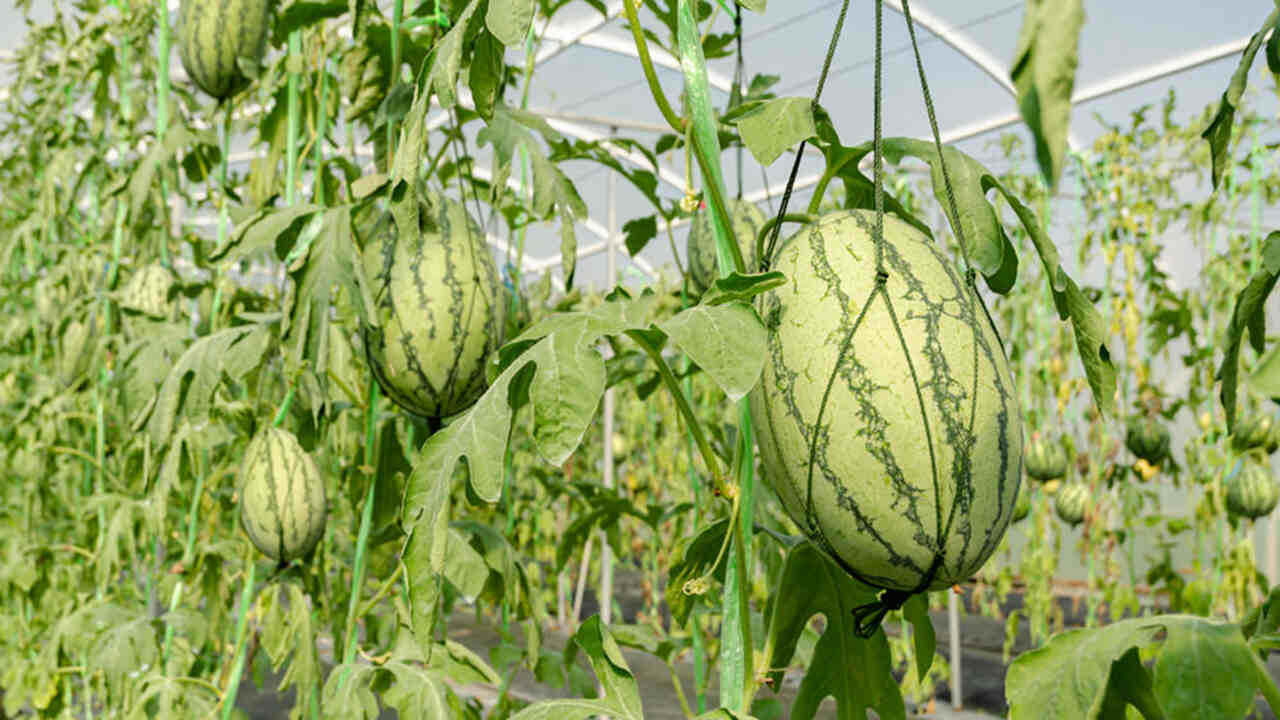
To ensure successful growth of watermelons in a greenhouse, it is crucial to prepare the soil properly. The soil temperature should be warm enough for watermelon seed germination. Enrich the soil with compost and manure to provide essential nutrients for the young plants.
Test the soil’s pH level to ensure it is optimal for watermelon growth. Ensure to provide enough space for the watermelon plants to grow by allowing at least one square yard per plant. Before planting the melon seeds, remove any weeds or debris from the soil.
3.Start Seeds Indoors
To start growing watermelons in a greenhouse, begin by starting the watermelon seeds indoors. You can use seed-starting trays or pots for this purpose. Plant the seeds about an inch deep at the base of the stem. It is important to keep the soil moisture consistent by watering the seeds gently.
For germination, place the seedlings in a warm and sunny location, such as a greenhouse. Remember to provide ventilation to prevent
and other plant diseases. By starting the seeds indoors, you can ensure that your young plants get a head start before transplanting them into the greenhouse.
4.Transplant Seedlings
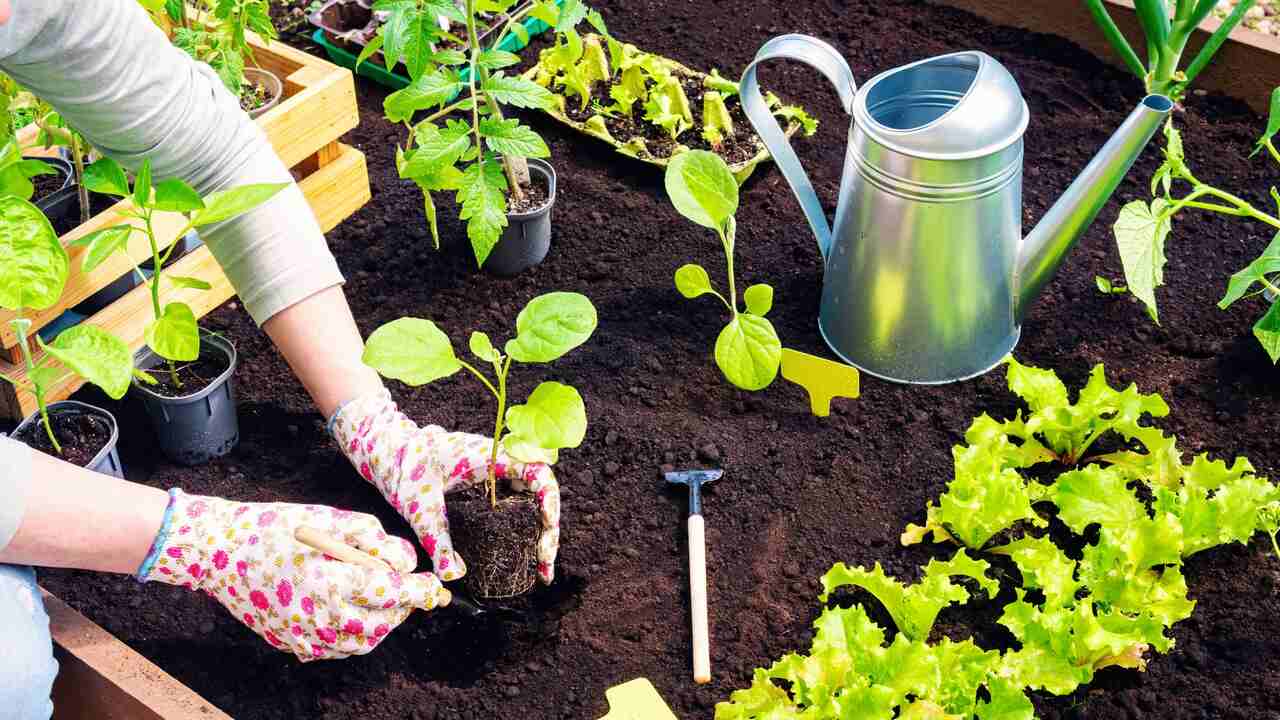
Once the watermelon seedlings have developed true leaves, it is time to transplant them into the greenhouse. Be sure to select the strongest seedlings with well-established root growth for transplantation. Dig a hole in the greenhouse soil that is spacious enough to accommodate the entire root system of the seedling.
Gently place the seedling in the hole and cover the base of its stem with soil. Ensure that the transplanted seedlings are immediately watered so the soil remains moist. By following these steps, you can successfully transplant your watermelon seedlings and promote their growth within the greenhouse environment.
5.Provide Support
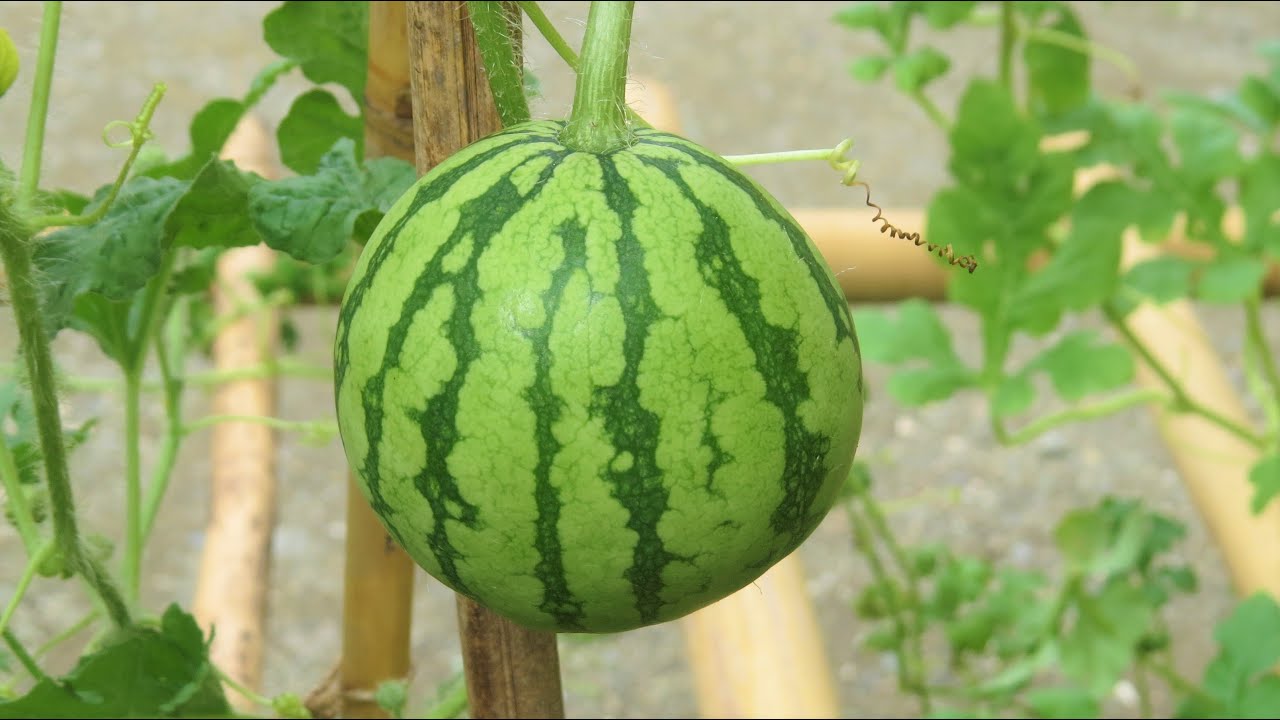
To ensure the healthy growth of watermelons in a greenhouse, it is important to provide adequate support for the vine and its fruits. Install a sturdy trellis or netting for the watermelon vine to climb and attach securely. Guide the vine tendrils towards the trellis to help them establish a strong connection.
Regularly check and adjust the trellis as the watermelon vine grows. If needed, you can also use garden stakes or plant supports from garden centers to offer additional support. By providing the necessary support, you can ensure the watermelon plants thrive and produce abundant fruit.
6.Maintain Optimal Conditions
To ensure successful growth of watermelons in a greenhouse, it is crucial to maintain optimal conditions. The greenhouse temperature should be maintained between 75-85°F, providing a warm environment for the young plants to thrive. Humidity levels of around 70% help prevent the watermelon leaves from drying out. Sufficient ventilation is necessary to prevent the greenhouse from overheating.
Regular monitoring of soil moisture and timely watering is essential for healthy growth. Additionally, it is important to keep the greenhouse free from pests such as cucumber beetles or powdery mildew. By maintaining these optimal conditions, you can enhance the growth and development of your watermelon plants.
7.Water And Fertilize Regularly
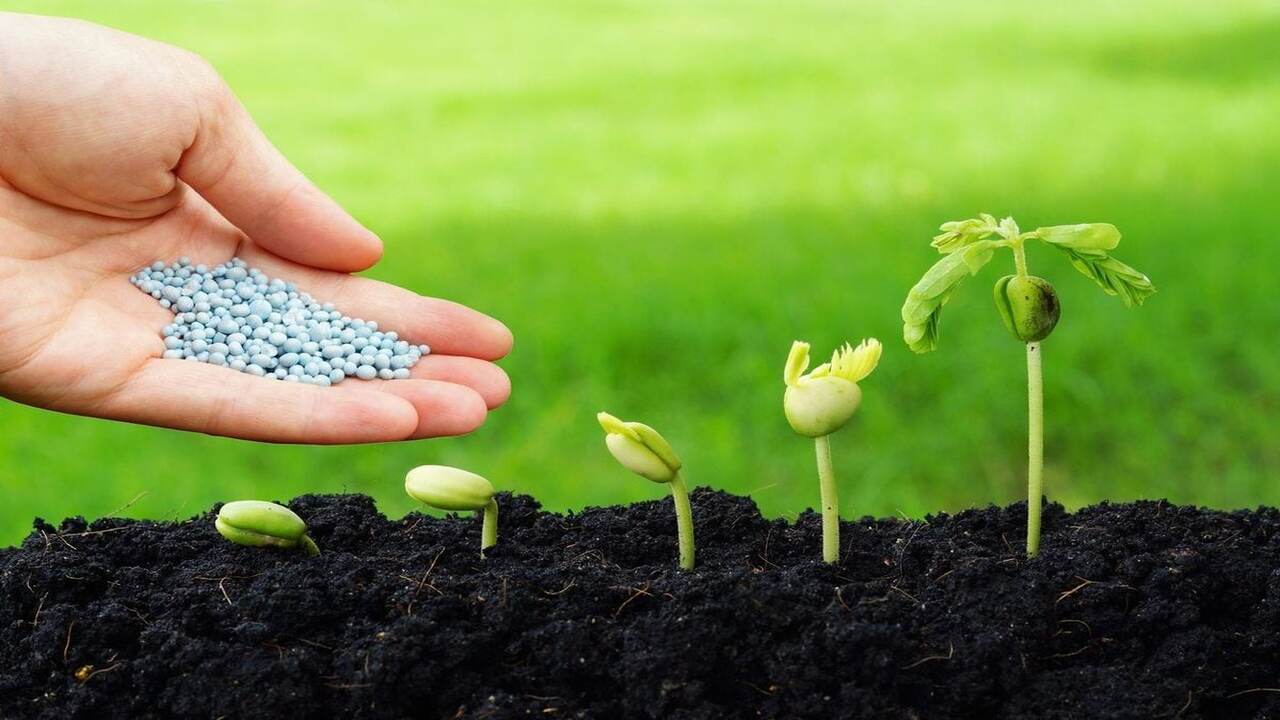
To ensure the healthy growth of watermelon plants, it is essential to water and fertilize them regularly. Keep the soil consistently moist, but avoid overwatering to prevent waterlogging. Check the moisture level by feeling the top inch of soil and water when it feels dry. Fertilize the plants with a potassium-rich fertilizer to promote fruit formation.
Additionally, apply compost or manure around the plants to provide additional nutrients. As the watermelons grow, adjust the watering and fertilizing schedule accordingly. Remember to maintain a proper balance of water and nutrients to support the plant’s growth.
8. Pollinate By Hand
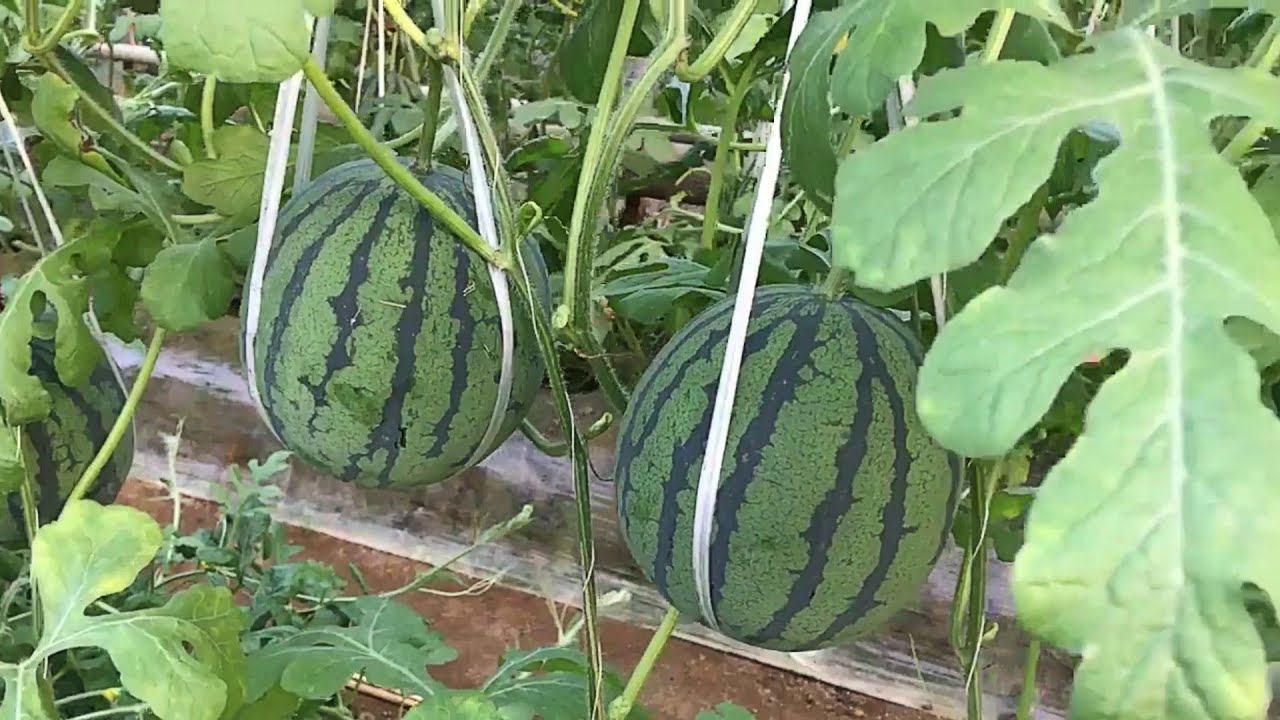
To ensure proper pollination of watermelon plants in a greenhouse environment, it is important to pollinate by hand. Start by identifying the male flowers, which their lack of fruit formation can distinguish. Using a small brush or cotton swab, collect pollen from these male flowers.
Gently transfer the pollen to the female flowers, which are located closer to the watermelon fruit. This manual pollination process helps ensure fruit formation and growth, especially in the controlled environment of a greenhouse. Repeat the pollination process as needed to ensure a successful harvest of watermelons.
The Benefits Of Growing Watermelons In A Greenhouse
Growing watermelons in a greenhouse can offer several benefits, making it an attractive option for gardeners. Here are some advantages of growing watermelons in a greenhouse. By utilizing a greenhouse for growing watermelons, you can enjoy these benefits and increase your chances of successfully producing delicious homegrown fruits.
- Extended Growing Season: Greenhouses provide a controlled environment, allowing you to start growing watermelons earlier in the year and extend the harvest season.
- Protection From pests And Diseases: Greenhouses offer a barrier against common pests and diseases that can damage watermelon plants, such as aphids, slugs, and powdery mildew.
- Consistent Temperature And Humidity: Greenhouses allow you to maintain optimal temperature and humidity levels for watermelon growth, resulting in higher yields and better fruit quality.
- Increased Control Over Growing Conditions: With a greenhouse, you have greater control over factors like watering, fertilization, and sunlight exposure, allowing you to create ideal conditions for your watermelon plants.
- Improved Fruit Quality: Growing watermelons in a greenhouse can lead to sweeter and juicier fruits due to the controlled environment that provides consistent warmth and protection from extreme weather conditions.
Tips For Successful Watermelon Cultivation In A Greenhouse
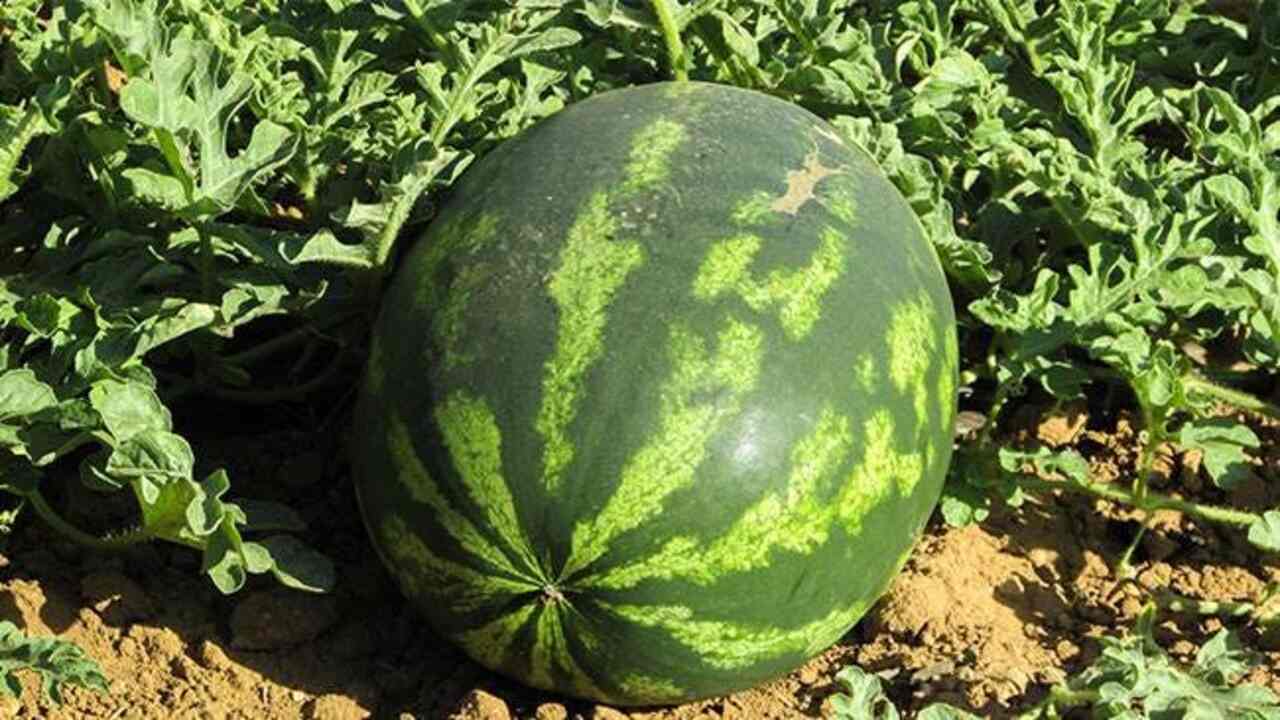
Growing watermelons in a greenhouse can be a rewarding experience. Here are some tips to help ensure successful watermelon cultivation. By following these tips, you can increase your chances of successfully growing watermelons in a greenhouse and enjoy delicious homegrown fruit.
- Choose The Right Variety: Select a watermelon variety that is suitable for greenhouse growing. Look for varieties that have a shorter growing season and compact vines.
- Provide Ample Space: Watermelons need plenty of room to grow, so make sure to provide enough space between plants. This will prevent overcrowding and allow for proper air circulation.
- Control Temperature And Humidity: Greenhouses can get hot and humid, which can affect the growth of watermelons. Use ventilation and shading techniques to regulate temperature and humidity levels.
- Monitor Watering: Watermelons require regular watering, especially during hot weather. Keep the soil consistently moist, but avoid overwatering, which can lead to root rot.
- Pollination: Watermelons rely on pollinators for fruit set. If pollinators are absent in your greenhouse, you may need to hand-pollinate the flowers using a small brush or cotton swab.
- Support The Fruit: As the watermelon grows, it may need support to prevent it from touching the ground and becoming damaged. Use slings or nets to support the developing fruit.
Conclusion
As a gardener, you should know how to grow watermelons in a greenhouse. Growing watermelons in a greenhouse provides numerous benefits, such as extended growing seasons, protection from pests and diseases, and better control over environmental conditions. By following the steps outlined above, you can successfully grow juicy, delicious watermelons right in your own greenhouse.
Remember to choose the right variety, prepare the soil, start seeds indoors, transplant seedlings, provide support, maintain optimal conditions, water and fertilize regularly, and pollinate by hand if necessary. With proper care and attention, you’ll soon be enjoying the sweet rewards of your greenhouse-grown watermelons. So, start growing your own watermelons in a greenhouse today and experience the joy of harvesting fresh, homegrown fruit.
Frequently Asked Questions
1.Do Watermelons Grow Well In A Greenhouse?
Ans: Yes, watermelons can thrive in a greenhouse. The controlled environment of a greenhouse optimizes growth conditions for watermelons by providing the right temperature, humidity, sunlight, and soil quality. With proper care, you can enjoy a bountiful harvest of watermelons grown in a greenhouse.
2.How Long Does It Take To Grow A Watermelon In A Greenhouse?
Ans: The time it takes for a watermelon to grow in a greenhouse can vary based on several factors. Typically, it takes around 70-90 days for a watermelon to mature from seed to harvest. Growing watermelons in a greenhouse can accelerate the process compared to outdoor cultivation. Optimal conditions like temperature and humidity also impact their growth rate.
3.What Is The Best Watermelon For Greenhouse?
Ans: The best watermelon varieties for greenhouse cultivation are small and compact. Consider varieties like Sugar Baby, Blacktail Mountain, and Crimson Sweet. Look for watermelons with a shorter maturity period (around 80 days) that can thrive in the controlled environment of a greenhouse.
4.Do Watermelons Grow Better In Sun Or Shade?
Ans: Watermelons grow best in full sun, requiring at least 6 hours of direct sunlight daily. Too much shade can lead to weak and underdeveloped plants. However, it is important to provide shade during the hottest part of the day to prevent sunscald on the fruit.
5.Can Watermelons Be Grown In A Greenhouse?
Ans: Watermelons can indeed be grown in a greenhouse. However, it’s important to control the temperature and humidity for optimal growth carefully. Choose dwarf or mini varieties to save space, support vines, and ensure proper drainage to prevent root rot.






